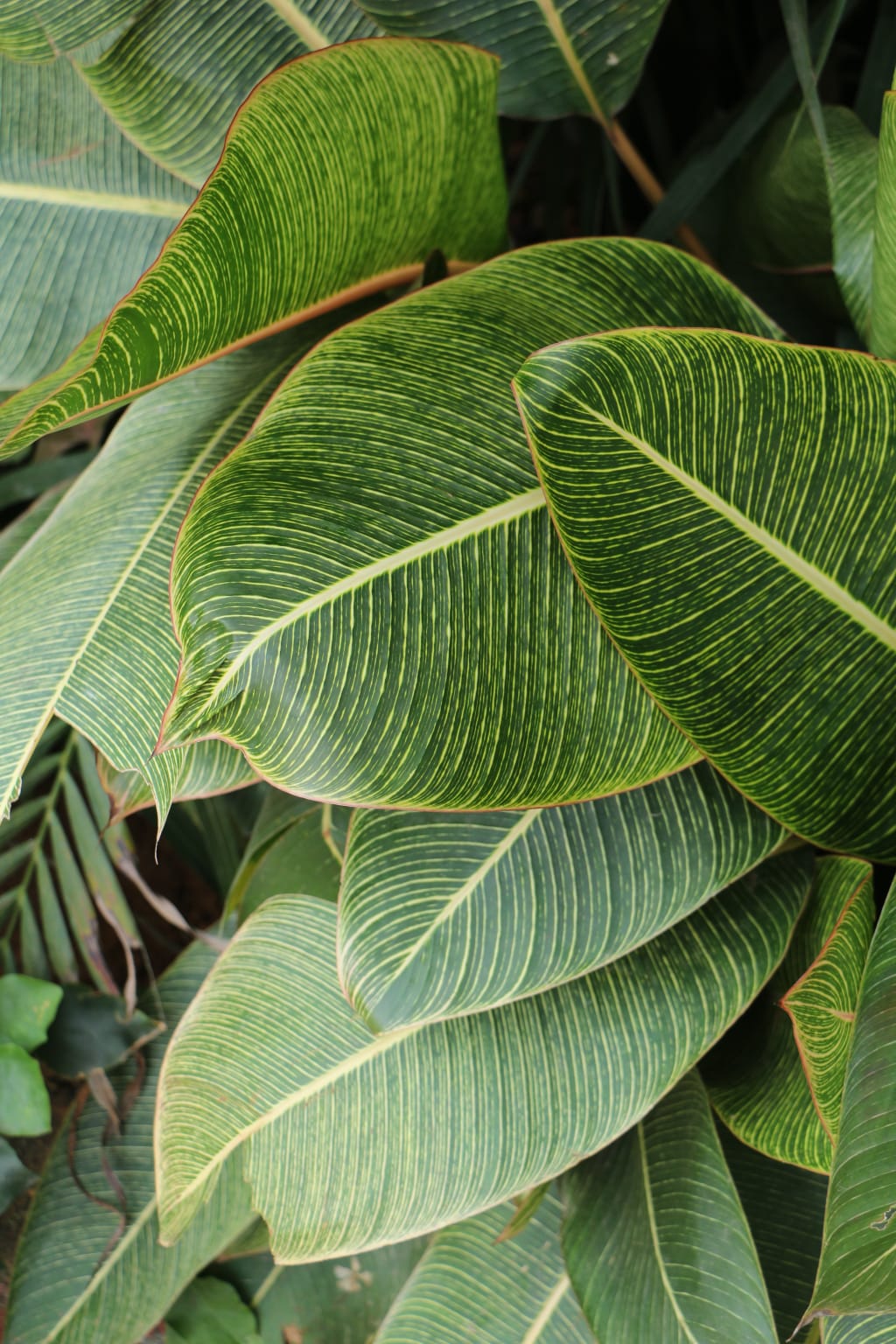Unsung Heroes of the Plant Kingdom: Discovering the World of Bryophytes and Seedless Vascular Plants
Unveiling the Pioneers of Plant Evolution: Exploring the Fascinating World of Mosses, Ferns, Liverworts, and More

When you think of plants, what comes to mind? Perhaps a beautiful orchid bloom or a majestic willow tree? Or maybe trendy houseplants like a Monstera or a succulent? Well, it's time to update and expand that image! Plants are not just about showy flowers and grandiose trees. Today, we'll shift our focus to the overlooked yet truly remarkable individuals of the plant world - the foundational plants that were early pioneers but often remain hidden underground. They play a crucial role in ecosystem health, offer valuable insights into plant evolution, and make fantastic additions to the tree of life. We're talking about bryophytes and seedless vascular plants, which include mosses and ferns, liverworts, and more. So let's get down - to the ground, that is. This is going to be mossome!
Hey! I'm Alexis, and welcome to Briefing Botany.
Remember that tiny alga whose humble snack kick-started the evolution of all land plants millions of years ago? Well, bryophytes and seedless vascular plants were among the first plants to emerge from that event, and many of them still exist today. Some of the fundamental traits that define plants as we know them originated in these early plant groups. Thus, bryophytes and seedless vasculars can tell us a lot about how plants evolved over time, much like an older relative sharing stories about life before cell phones, the internet, or microwave popcorn. Understanding these plants' history provides invaluable insights into the plant kingdom's evolutionary journey.
To trace the origins of bryophytes and seedless vascular plants, we can turn to the plant realm's phylogenetic tree, a chart illustrating how organisms evolved over time. The branches on this tree represent major plant groups. Let's start with the bryophytes, occupying the lowest branch. Time moves upward here, indicating that they evolved first, around millions of years ago. It might be tempting to call bryophytes "less advanced" compared to flowering plants, which sit atop the highest branch. However, we avoid such language on Briefing Botany; it's not only impolite but also scientifically inaccurate. The ancestors of modern bryophytes were present before the rise of flowering plants, but both groups have evolved for an equal amount of time since their divergence. Plants don't follow a linear path toward evolving flowers; bryophytes are on their own unique path and are thriving just fine, thank you very much.
So, what exactly are bryophytes? Most notably, they lack the typical organs found in most plants today, such as stems, leaves, and roots. Additionally, they lack vascular tissue, the water and nutrient transport system found in all other plants, which appeared later with seedless vascular plants. Bryophytes were the first plants to successfully grow on land rather than in water. Prior to their emergence, there was very little multicellular life on land; most organisms resided in water because that's where the food was. The development of land plants is responsible for the existence of all terrestrial creatures, including humans. To survive on land, bryophytes had to evolve ways to remain hydrated in the dry air. They developed root-like structures called rhizoids and leaf-like structures called phyllids, which they still have today. Unlike true roots, rhizoids primarily serve to anchor bryophytes to surfaces and do not absorb much water. As a result, moist surfaces are ideal habitats for bryophytes; you'll find them clinging to the ground, rocks, and larger plants, absorbing water and nutrients directly through the surfaces of their phyllids.
The most common types of bryophytes are mosses, with around twelve thousand species. One of the key contributions that mosses made to the evolution of land plants is the stomata - those mouth-like pores that allow gases to move in and out of the plant. Stomata enabled plants to survive on land surrounded by gaseous air rather than liquid water. Today, mosses hold significant ecological importance. For instance, peat, which is mainly composed of sphagnum moss, stores 500 billion tons of carbon, playing a crucial role in reducing atmospheric carbon dioxide and mitigating global climate change.
I could go on about mosses all day, but they're just the first stop on our bryophyte journey. The next branch on the phylogenetic tree belongs to liverworts. Despite their unappealing name, liverworts perform numerous valuable functions, such as aiding in rock weathering, decomposing logs to return nutrients to the soil, and serving as nesting material for birds. And then there are hornworts, the most unique bryophyte with several hundred species, mostly found in tropical rainforests. They are named for their small horn-like projections and can form symbiotic relationships with bacteria. Hornworts provide housing for the bacteria, and in return, the bacteria supply nitrogen, a critical component of chlorophyll, the pigment involved in photosynthesis, among other functions. While bryophytes may be low to the ground, they are powerful organisms. They can survive harsh winters and are often the first plants to recolonize areas disrupted by fires or floods. They're like the first responders of the plant world.
Though diverse, bryophytes share some common features. For instance, they all produce spores - single cells covered in a tough, armor-like molecule that plays a vital role in the bryophyte life cycle. Understanding this life cycle provided essential information about how all plants grow and reproduce. We owe this knowledge to the curiosity of an amateur botanist named Wilhelm Hofmeister. Born in 1824 in Germany, Hofmeister developed a fondness for plants in his father's nursery. Despite lacking formal training in botany, Hofmeister's observations through his trusty microscope led him to discover the complete bryophyte life cycle. Let's turn to the Idea Bubble to understand this better...





Comments
There are no comments for this story
Be the first to respond and start the conversation.